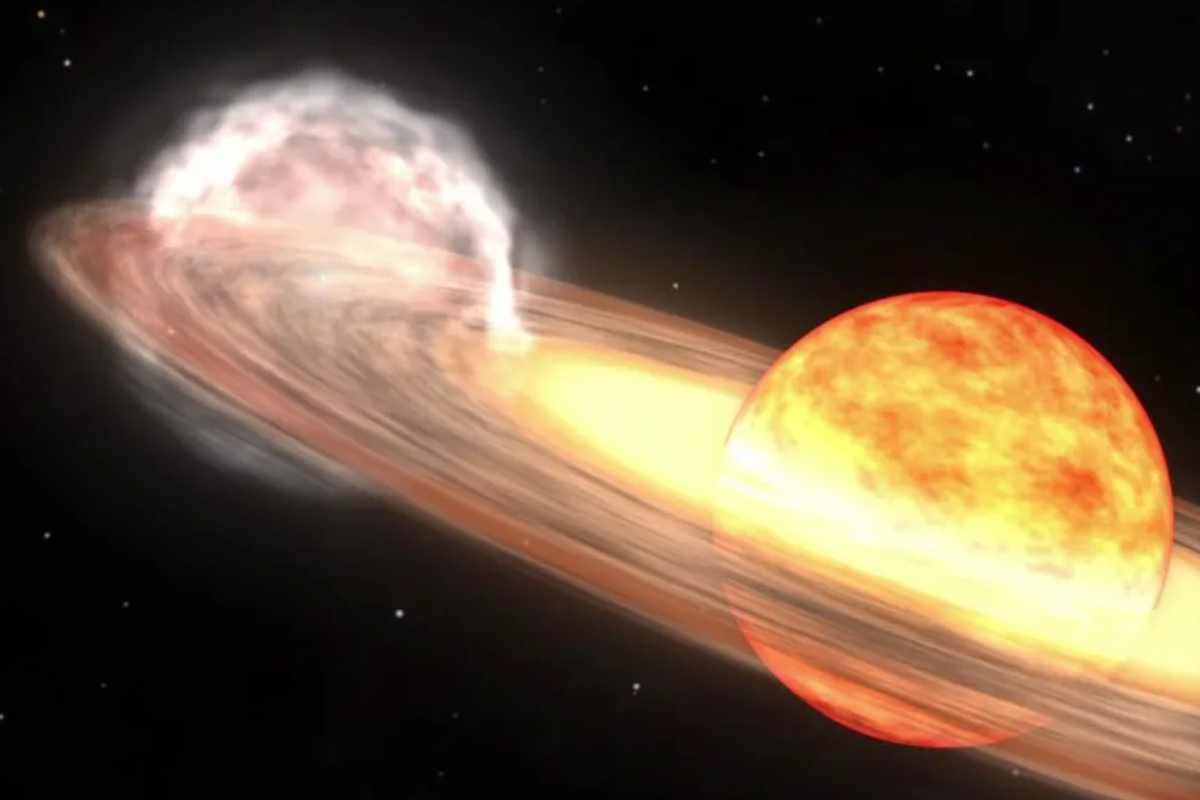After traveling through the Milky Way for 3,000 years, light from an exploding star will soon appear in our night sky. Astronomers are calling it a once-in-a-lifetime cosmic event.
The T Coronae Borealis nova, also known as the Blaze Star, was first observed over 800 years ago and has not been seen since 1946.
It’s not possible to accurately predict when T CrB (pronounced tee-core-bore) will be visible in the night sky. However, astronomers say it will appear within days or weeks as an extremely bright star that will be hard to miss with the naked eye.
The bright light is the result of a recurring thermonuclear explosion occurring in the binary star system, which consists of a red giant and an Earth-sized white dwarf with a mass similar to that of our Sun.
The white dwarf's gravity attracts the red giant's hydrogen, building pressure and heat until a huge explosion occurs.
“It’s a once-in-a-lifetime event that will create many new astronomers, giving young people a cosmic event that they can observe for themselves, ask their own questions and collect their own data,” said Dr. Rebekah Hounsell, an associate research scientist specializing in nova events at NASA’s Goddard Space Flight Center in Greenbelt, Maryland.
“There are a few recurrent novae with very short cycles, but we don't typically see a repeat outburst very often in a human lifetime, and rarely one so relatively close to our own system. It's incredibly exciting to have this front-row seat.”


The nova event will be visible around the constellation Hercules for about a week. The best way to find the constellation Hercules is with a special astronomy app on a smartphone or tablet.
NASA scientists say the appearance of this rare celestial spectacle could inspire the next generation of astronomers and scientists.
The nova also offers a unique opportunity to study the structure and dynamics of stellar explosions.
“Normally, nova events are so faint and distant that it is difficult to clearly identify where the bursting energy is concentrated,” he said.
“This will be really close, with a lot of eyes on it, studying the different wavelengths and hopefully giving us data to unlock the structure and specific processes involved.”

